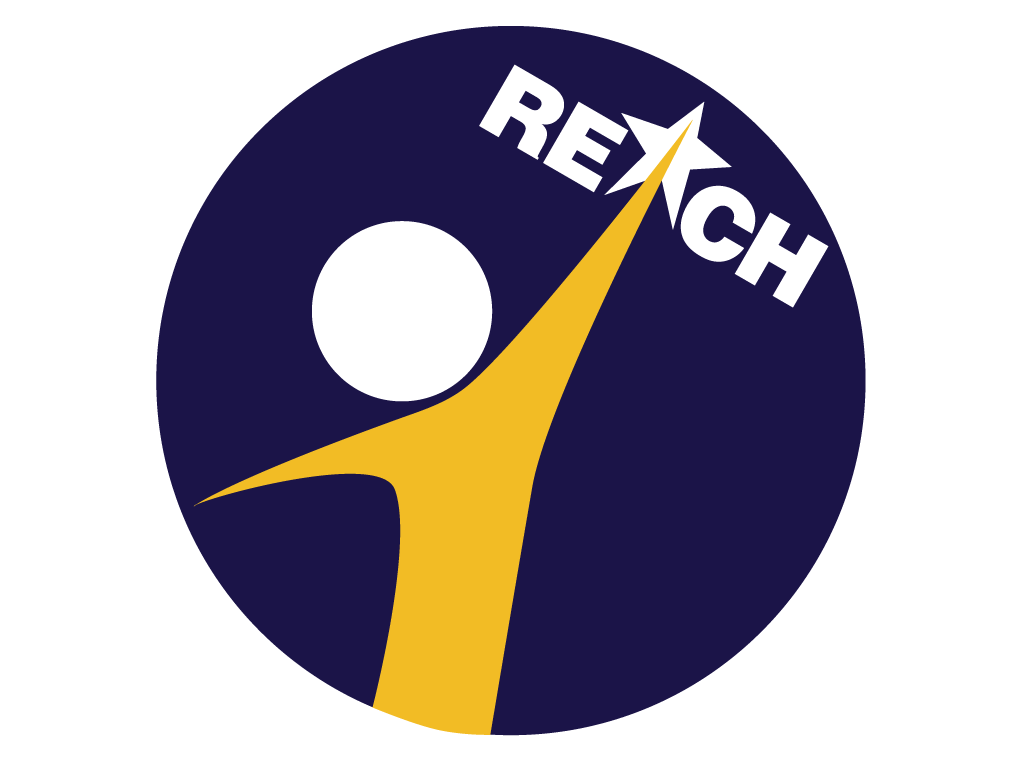02 Jul ReACH Lab Graduate Student Validates Adolescent E-Cigarette Consequences Questionnaire
ReACH Lab graduate student Julie Cristello recently published an article validating a self-report measure for assessing adolescent outcome expectancies for e-cigarette use. Please see below for the article’s abstract:
Introduction: Given the recent dramatic increase among adolescents in the use of electronic nicotine delivery systems (ENDS) or electronic cigarettes (e-cigarettes), there is a growing need to identify outcome expectancies that influence the initiation or continued use of e-cigarettes. While a self-report measure exists for assessing adolescent outcome expectancies for cigarette use, there is currently not one available for e-cigarette use. Validation and use of such a measure would provide insight into the growing popularity of e-cigarettes. Methods: The sample consisted of 264 (50.76% female, 86.36% White, 84.47% Hispanic/Latinx) freshmen and sophomores from South Florida high schools who were identified as at-risk for e-cigarette use. The current study adapted the Adolescent Smoking Consequences Questionnaire (ASCQ) to derive the Adolescent E-Cigarette Consequences Questionnaire (AECQ) to characterize e-cigarette outcome expectancies. A confirmatory factor analysis was estimated to test the underlying factor structure. Results: The confirmatory factor analysis provided support for a seven-factor structure (negative affect reduction, taste/sensorimotor manipulation, social facilitation, weight control, negative physical feelings, boredom reduction, and negative social impression) after removing two items with low factor loadings from the social facilitation subscale. After removing these items, factor loadings ranged from 0.46 to 0.86. Conclusion: The current study provides preliminary evidence to suggest that the Adolescent E-Cigarette Consequences Questionnaire is a psychometrically sound measure. Future work should continue to test this measure among diverse samples of adolescents (e.g., non-Latinx samples) with varying levels of use.
Congratulations for this incredible accomplishment Julie!












